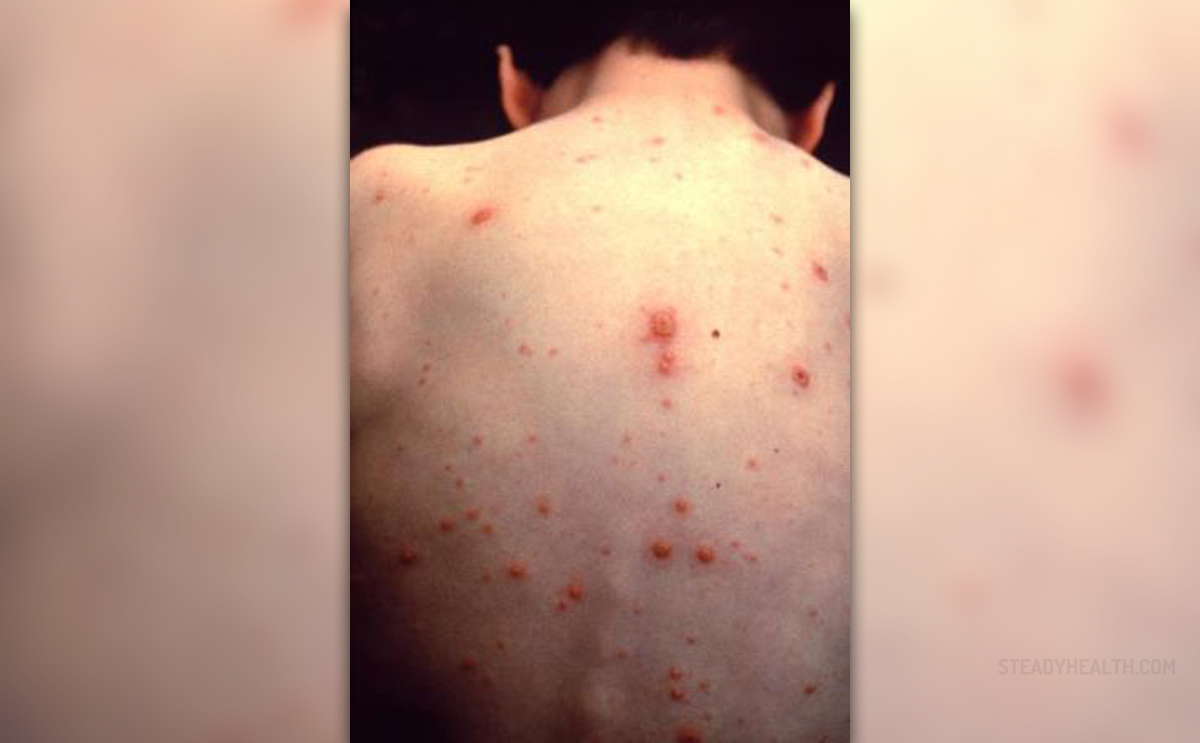
Varicella zoster virus (VZV) is one of eight herpes viruses known for infecting humans. This virus is responsible for chicken pox in children and shingles and postherpetic neuralgia in adults and rarely in children. Varicella zoster virus is undoubtedly transmittable through the airborne route and does not require close personal contact. The virus gains entry through the respiratory tract and spreads shortly after to the lymphoid system. The incubation of varicella zoster virus lasts approximately 14 days, before it arrives to the main target organ – the skin. Only in patients with severely compromised immune system, varicella zoster virus causes serious infection of the lungs and brain.
Chicken pox
Chicken pox is a highly contagious disease caused by infection with varicella zoster virus. The disease starts as a vesicular skin rash which transforms into itchy, raw pockmarks that mostly heal without scarring. The disease is usually characterized by skin rash, malaise, high fever and a loss of appetite. The disease is more serious in adults, especially pregnant women, where it is often accompanied with myalgia, nausea, fever, headache, sore throat, and pain in both ears, complaints of pressure in head or swollen face, and malaise. The patient is considered to be contagious until all of the skin blisters have formed scabs.
Recovering from the disease, patient gets a lifelong immunity. However, the virus remains latent in the nerve tissue near the spinal cord and brain. For yet unknown reasons, this virus tends to reactivate in some patients and travel along nerve pathways to the skin, resulting in shingles.
Shingles
The same varicella zoster virus that causes chicken pox causes shingles. Anyone who had chicken pox can develop shingles from the virus that enters the nervous system and stays latent for years. Shingles can occur anywhere on the body but they usually develop as a band of blisters from the middle of the back around one side of the chest to the breastbone. The signs usually affect just a small portion of the body and manifest as pain, burning, numbness or tingling, red rash that progress to fluid filled blisters, and the sensation of itching. People may also experience fever and chills, general achiness, headache and fatigue.
Prevention
There are two vaccines that may prevent chickenpox and shingles. Both of them may severely reduce one’s chances of getting these diseases. Even if the vaccine patient gets chickenpox or shingles, the course of the illness will be less severe and there will be almost no chances for complications. Chickenpox vaccine has become a routine childhood immunization to prevent chickenpox. It is also recommended for adults who never had chickenpox, as their bodies did not develop immunity. Shingles vaccine can help prevent shingles in adults of age of 60 and older who have had chickenpox. It is recommended for all adults of this age, regardless of their medical history with varicella zoster virus.


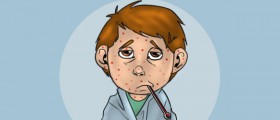
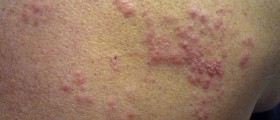
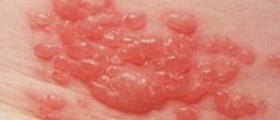
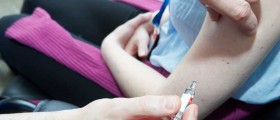


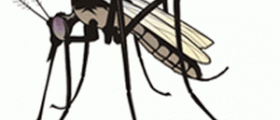
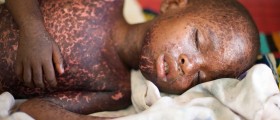
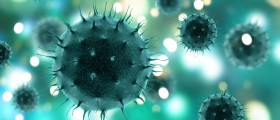

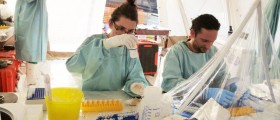
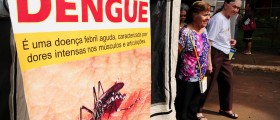


Your thoughts on this
Loading...